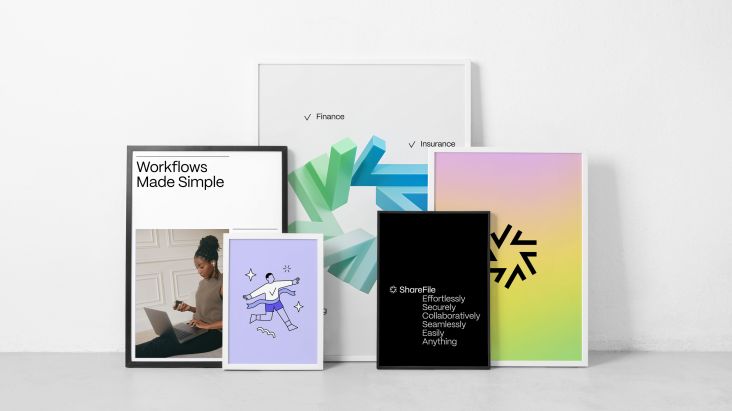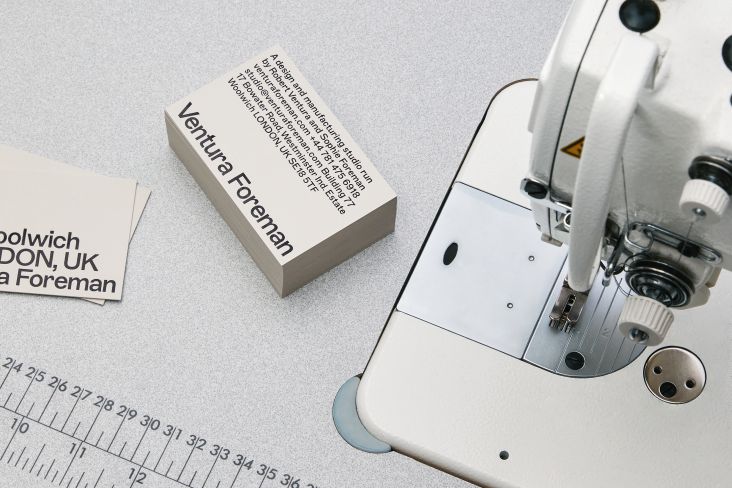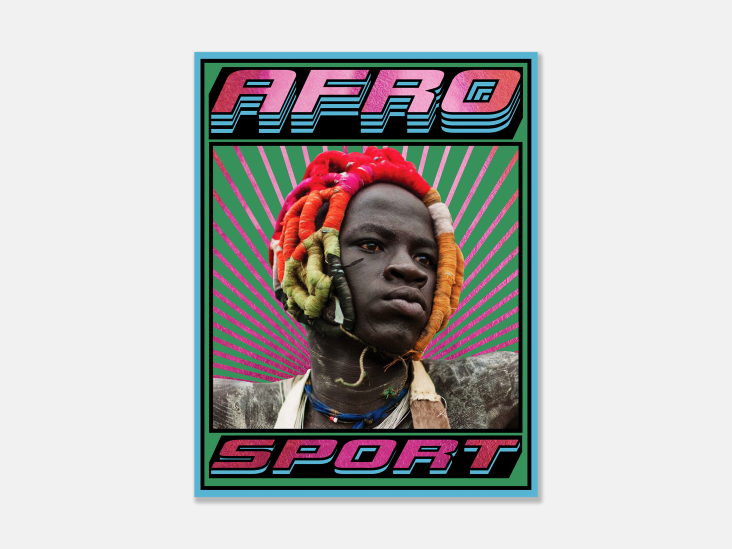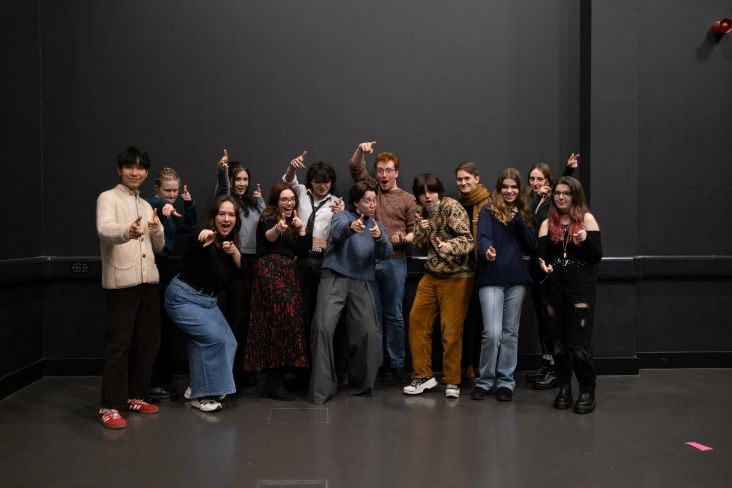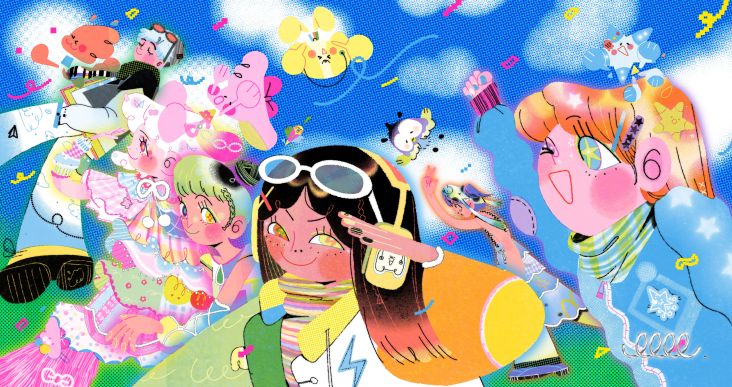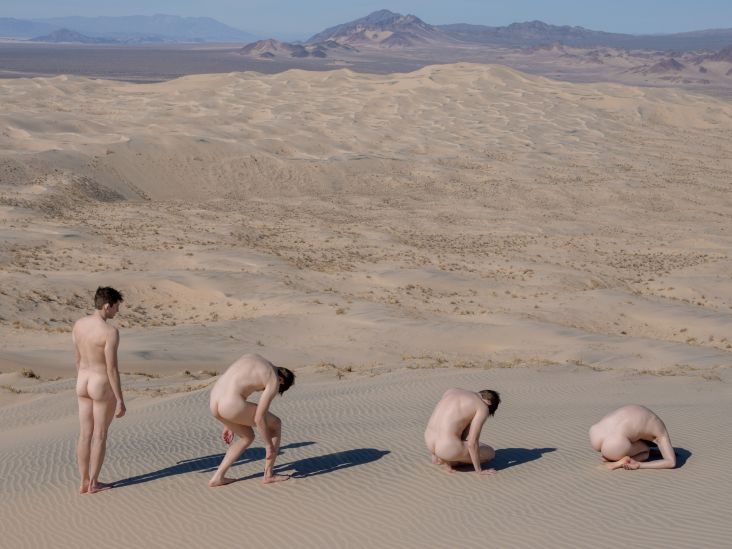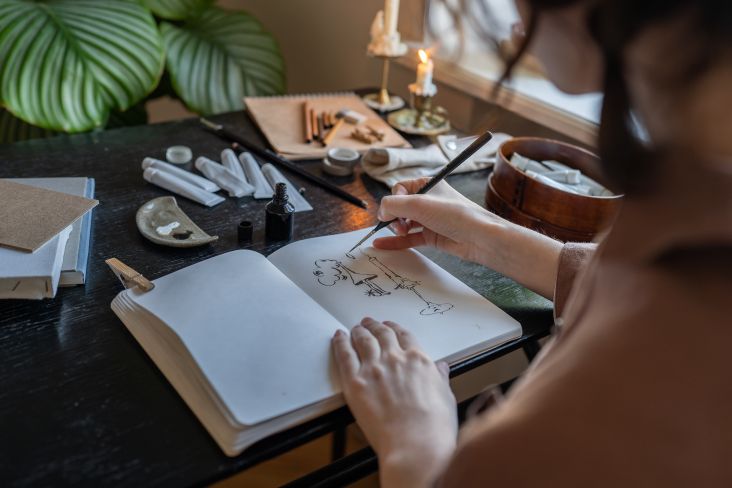Swayam Parekh reconnects with herself in heartwarming, whimsical picture book
Brooklyn-based illustrator Swayam Parekh explores the struggles of life in a fantastical way in Greenhouse, a 44-page comic-cum-picture book that transforms traumas into magical quests.
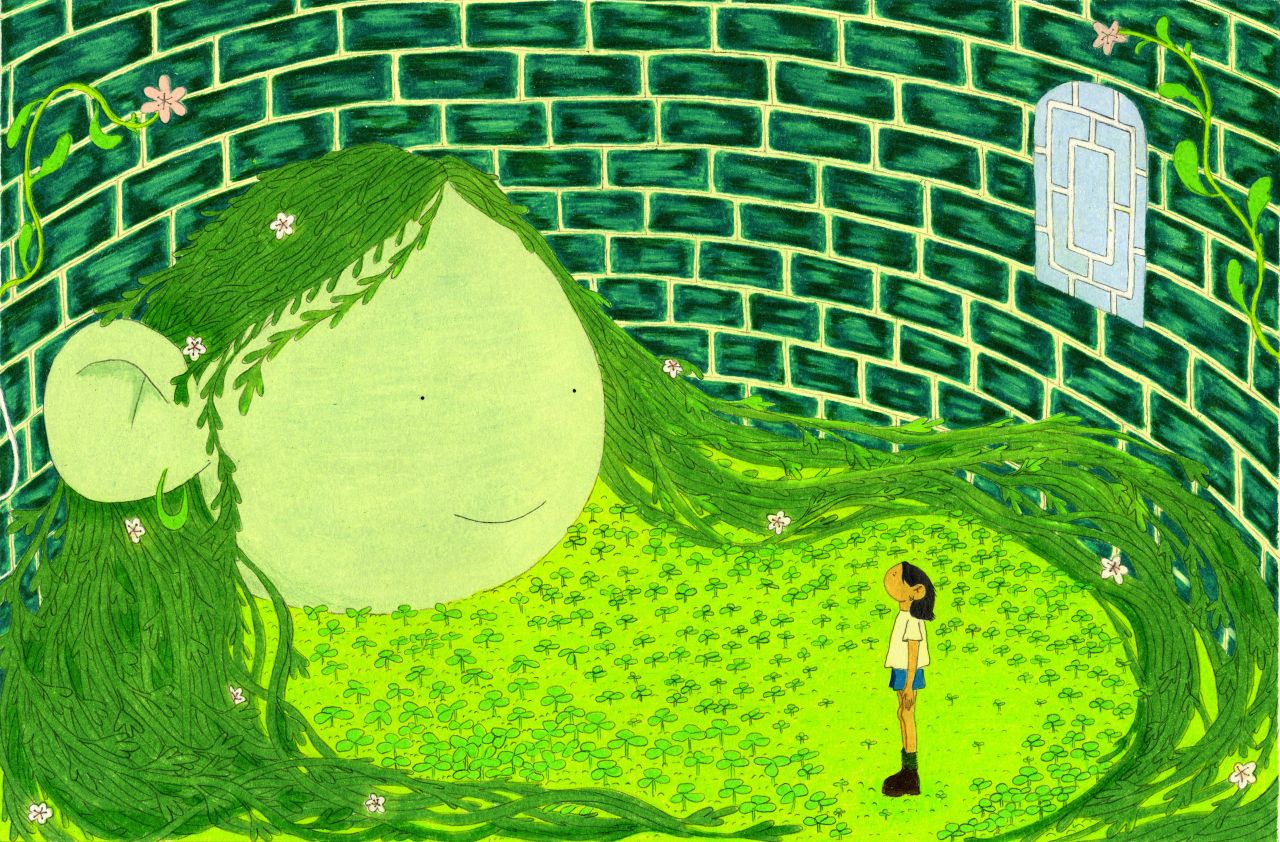
Life, sadly, isn't smooth sailing. Everyone has to face difficulties, whether external or internal, but that doesn't mean you're forever lost or without hope. These themes are explored in Swayam Parekh's latest project, Greenhouse, which realises these hurdles as dragons, demons and ghosts.
Beautifully illustrated in graphite and coloured pencils. Greenhouse tells the story of a young girl going through a forest. Amongst the trees, she spots an igloo-like house made from green tiles and realises that she needs to be inside it. Sadly, the door to the house is triple-locked, and it's up to the girl to find the keys in a series of meaningful locations.
That's because these aren't any ordinary keys. One stands for old friendships that have been abandoned, one represents the flame of an extinguished romance, while the third symbolises forgotten creative passions. Only once they have been retrieved can the little girl get home. Or perhaps there is another way after all.
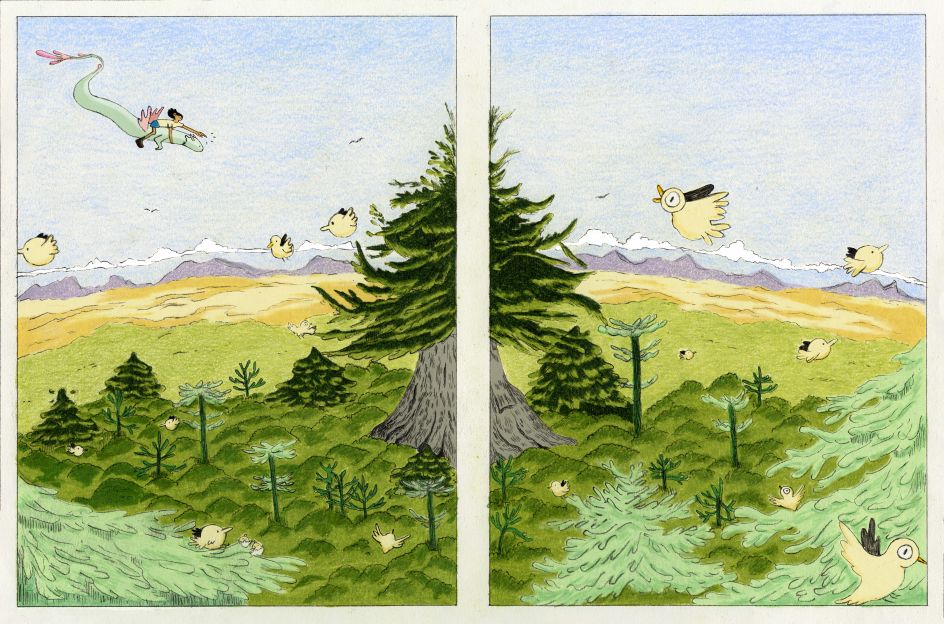
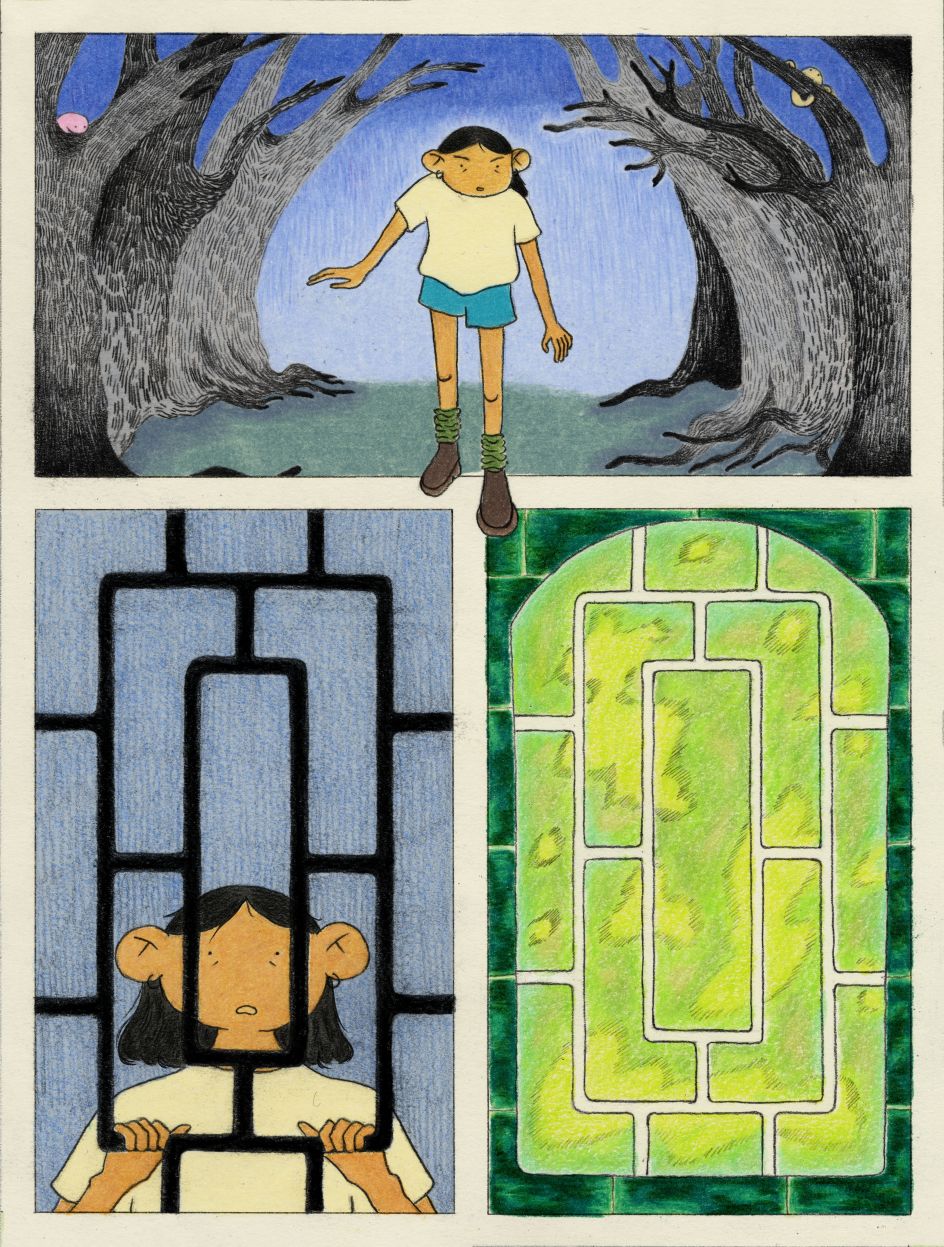
The rest of the book then follows the little girl as she looks for the keys with the help of a friendly dragon. Together, they travel to the valley of forgotten friends and venture into the depths of the underworld to face an ex-lover before drifting off into a trance where she revisits her past in order to find the last key.
Yet despite doing everything they thought they should, the girl and the dragon return home empty-handed. This doesn't mean they've failed, though. "They head back to the forest and land on the ground," Swayam tells Creative Boom. "The dragon begins to take some mud, mould it into a ball and form a tube-like shape. The girl realises what he's doing and starts to do the same; they're creating their own keys from scratch.
"The two race back to the greenhouse; the girl can unlock it, and inside, she is shocked to see herself – a giant head, hair made of vines in full bloom, smiling down upon her."
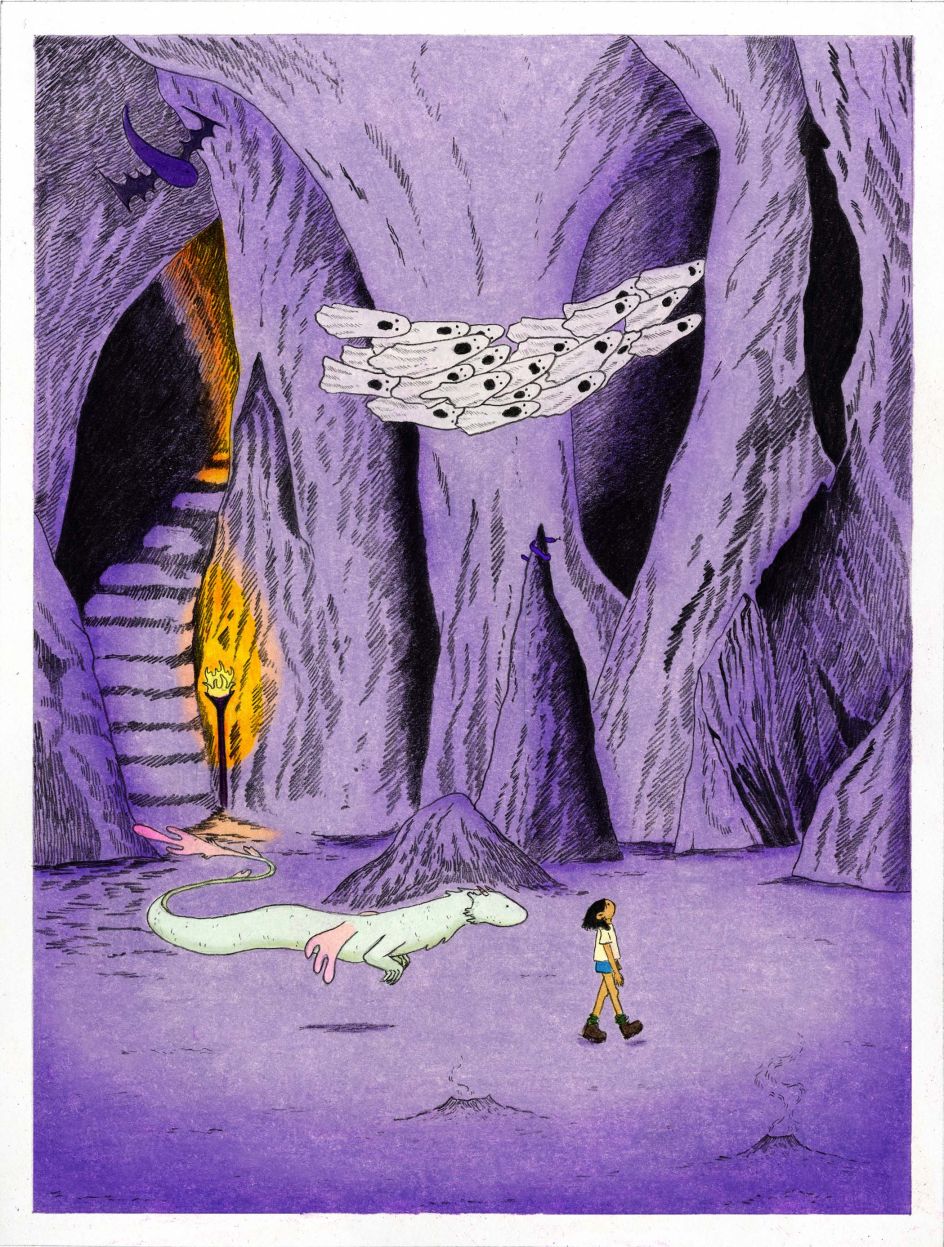
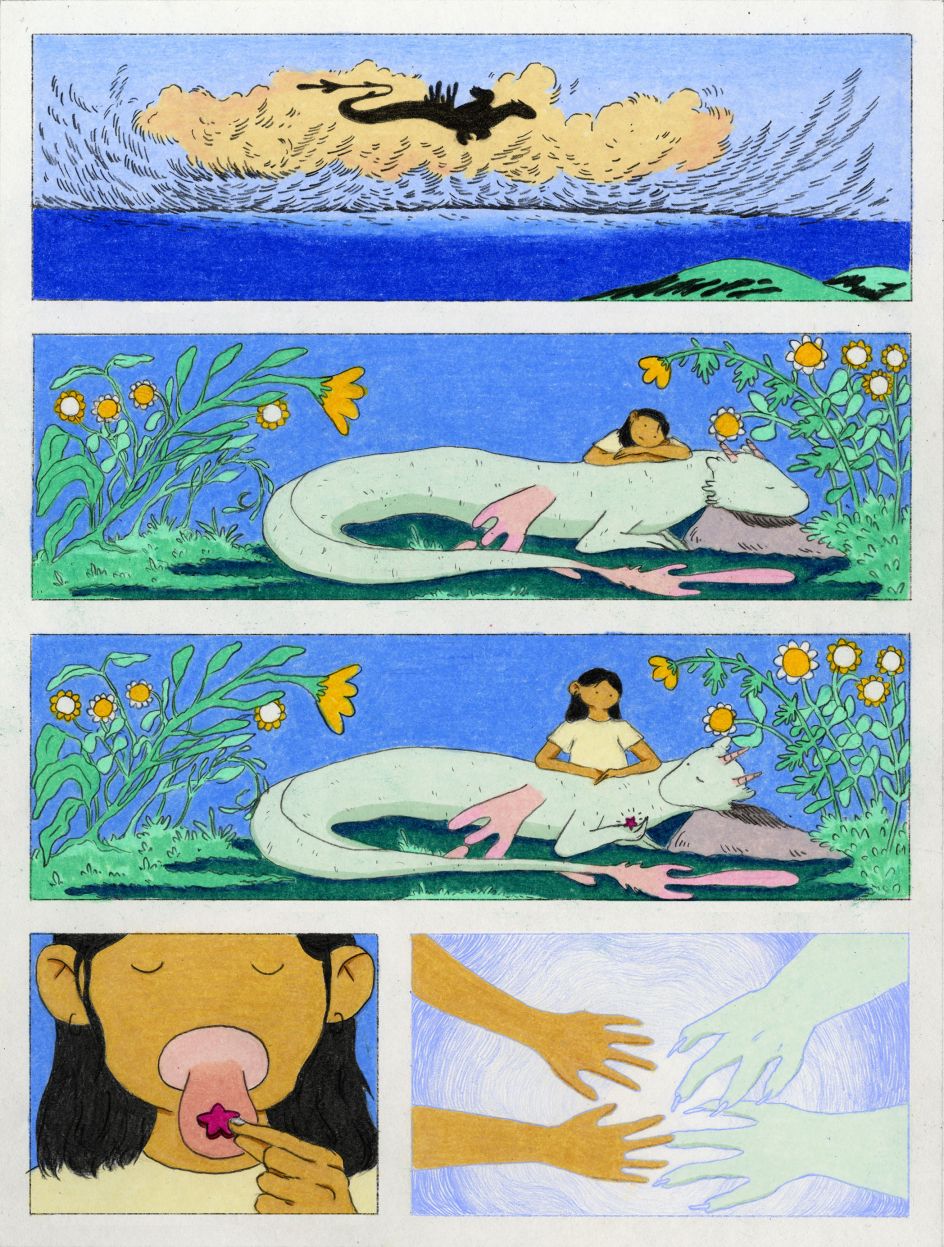
It's a beautiful conclusion to a beautiful book and ties into the ideas that Swayam had while making Greenhouse. "I wanted to talk about something that I struggled with but in a light, slightly strange/absurd way," she explains. "I had a few tumultuous years with bad familial, platonic and romantic relationships, depression, and a lot of unanticipated constant change.
"It left me with a huge sense of loss, abandonment and disconnection from myself for many years, and that affected me to a point where I couldn't understand myself anymore — how I felt, what I wanted, who I was. No one really equips you with what to do when life doesn't give you closure, so I would always search for answers in my past. It is easy to put up walls and shut everything out when bad things happen, but eventually, that hampers your relationship with yourself.
"After working on myself (through therapy), I learnt that no one is going to give me answers; I have to rebuild on my own. Slowly, I began to build a connection to my inner self again, understanding my emotions and needs. It's still not perfect, but I do feel like the fog has lifted."
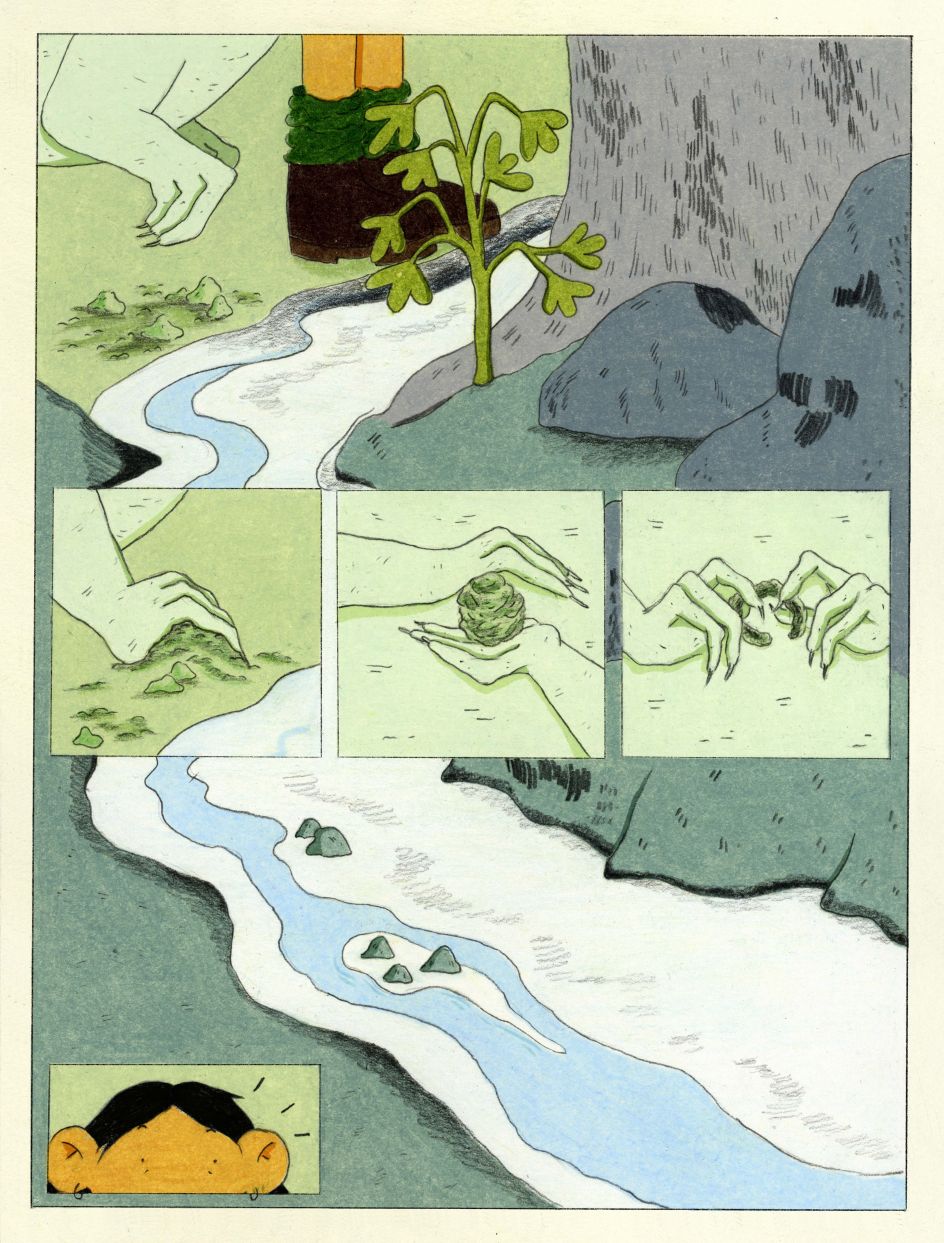
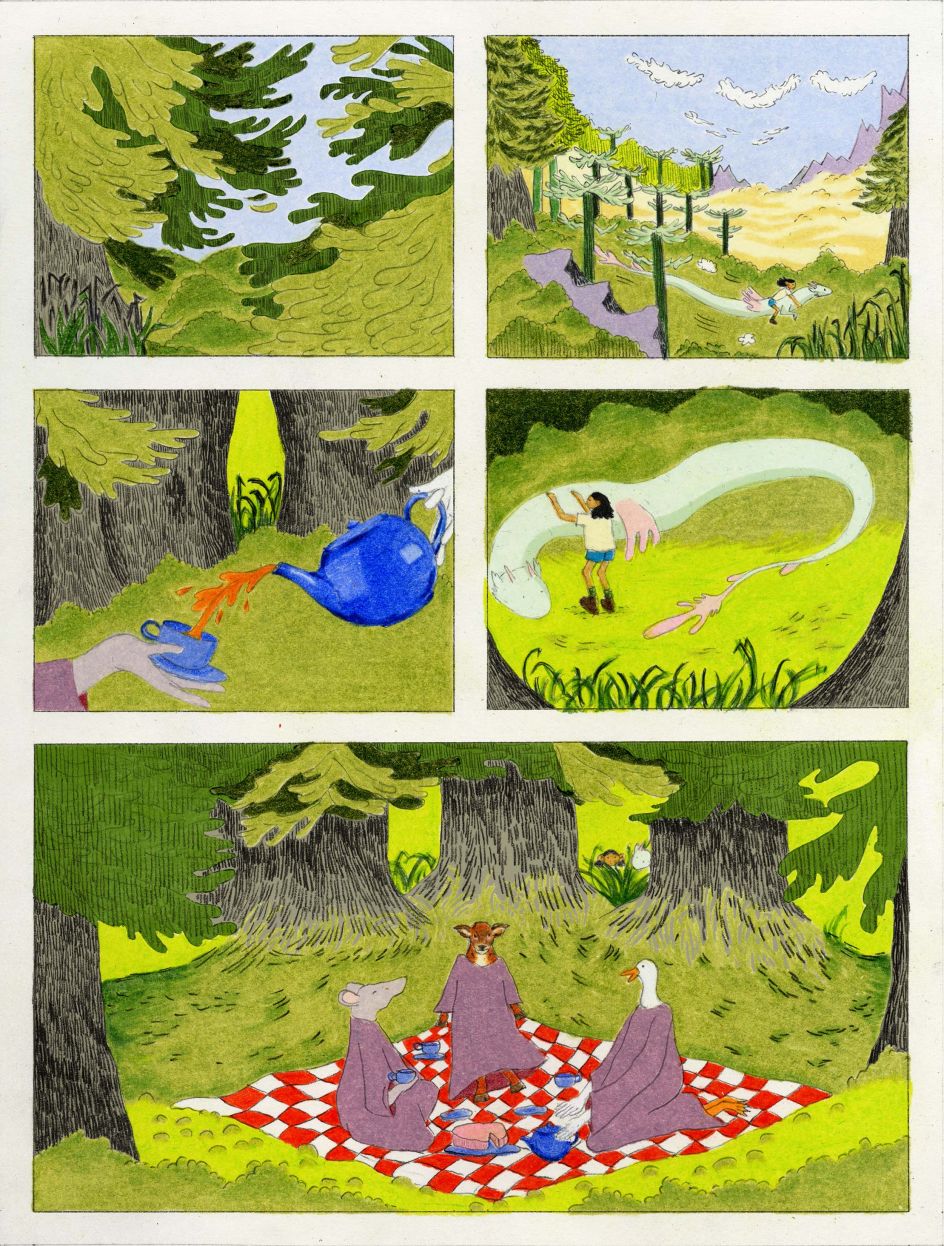
As well as being a cathartic experience, creating Greenhouse was also educational for Swayam. "It was a very rewarding project. I enjoy drawing nature and animals, and I feel like I did much of that through this story," she says. "Using traditional materials also made me feel more bonded to the creative process.
"Once I finished it, I think it gave me a whole other sense of closure, as though I had fully explored and accepted this part of my life and was ready to move on from it completely."
Besides its gorgeous art style and moving story, Greenhouse is also notable thanks to being practically wordless. Swayam settled on this approach because the story is simple yet dense and might have been slowed down or unfocused by including dialogue.
"I wanted the reader to experience the book and think about it, what it meant in their context, and draw their own conclusions from it," she reveals. "Adding words would have interrupted the point of the story and distracted from the flow of experiencing it, I think."

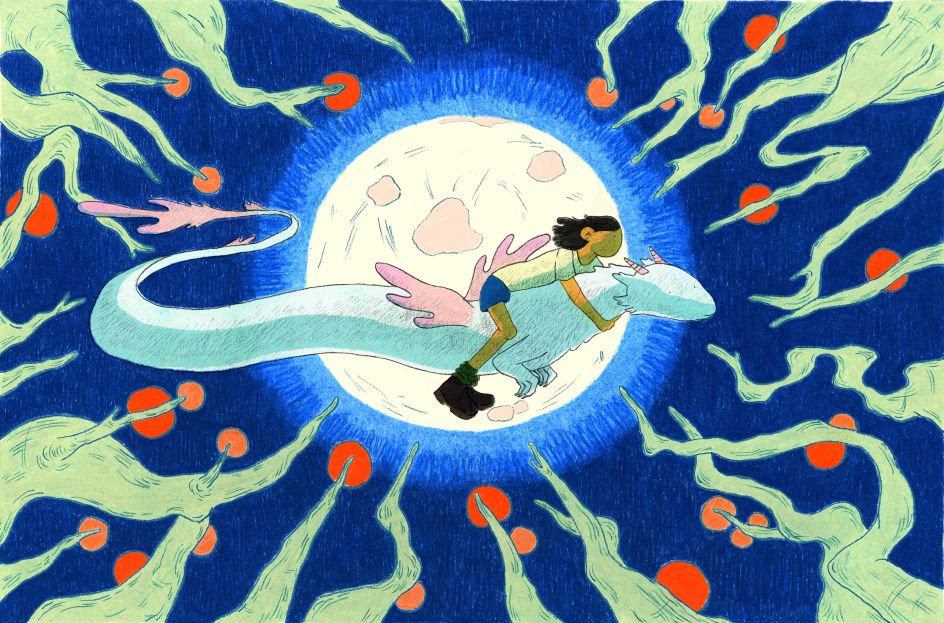
Explaining the events, characters and locations without words proved to be the biggest challenge while making Greenhouse, but Swayam was content to trust not only the process but the readers as well. "I think at some point I accepted that parts of the story would be 'open to interpretation', and that's okay; it would add another dimension to the narrative," she concludes.
"The one place I did use words was in chapter titles to explain the locations where the girl and dragon were headed. I felt like that was something I couldn't leave unsaid, and it did help give the story more structure. I also used colour to explain the mood of certain parts of the story, to help guide the reader."
Further Information
To read Greenhouse in its entirety, head on over to Swayam's website.









](https://www.creativeboom.com/upload/articles/86/862919952c0ad18439004228895a431dc6e45ffc_732.jpg)




